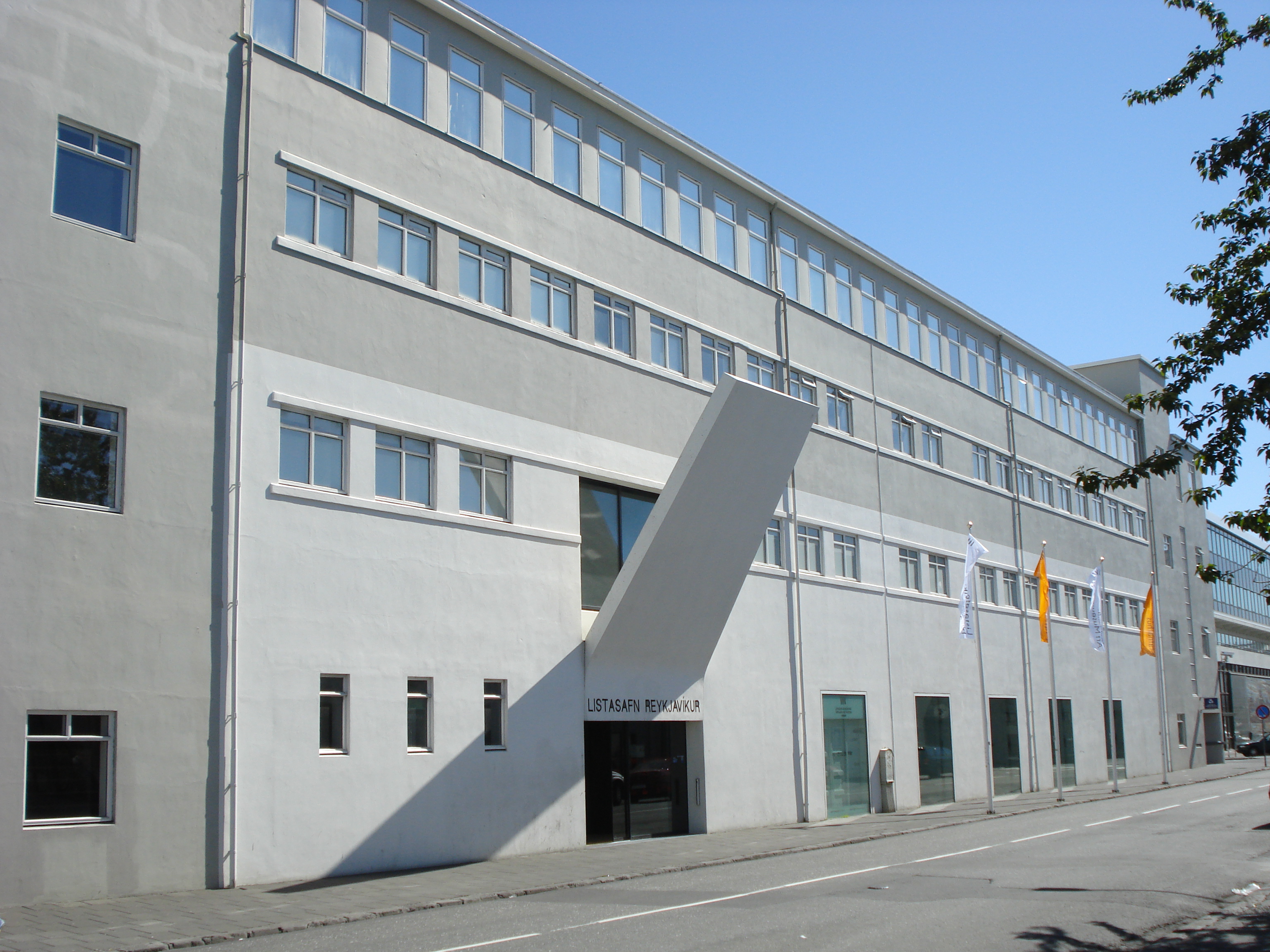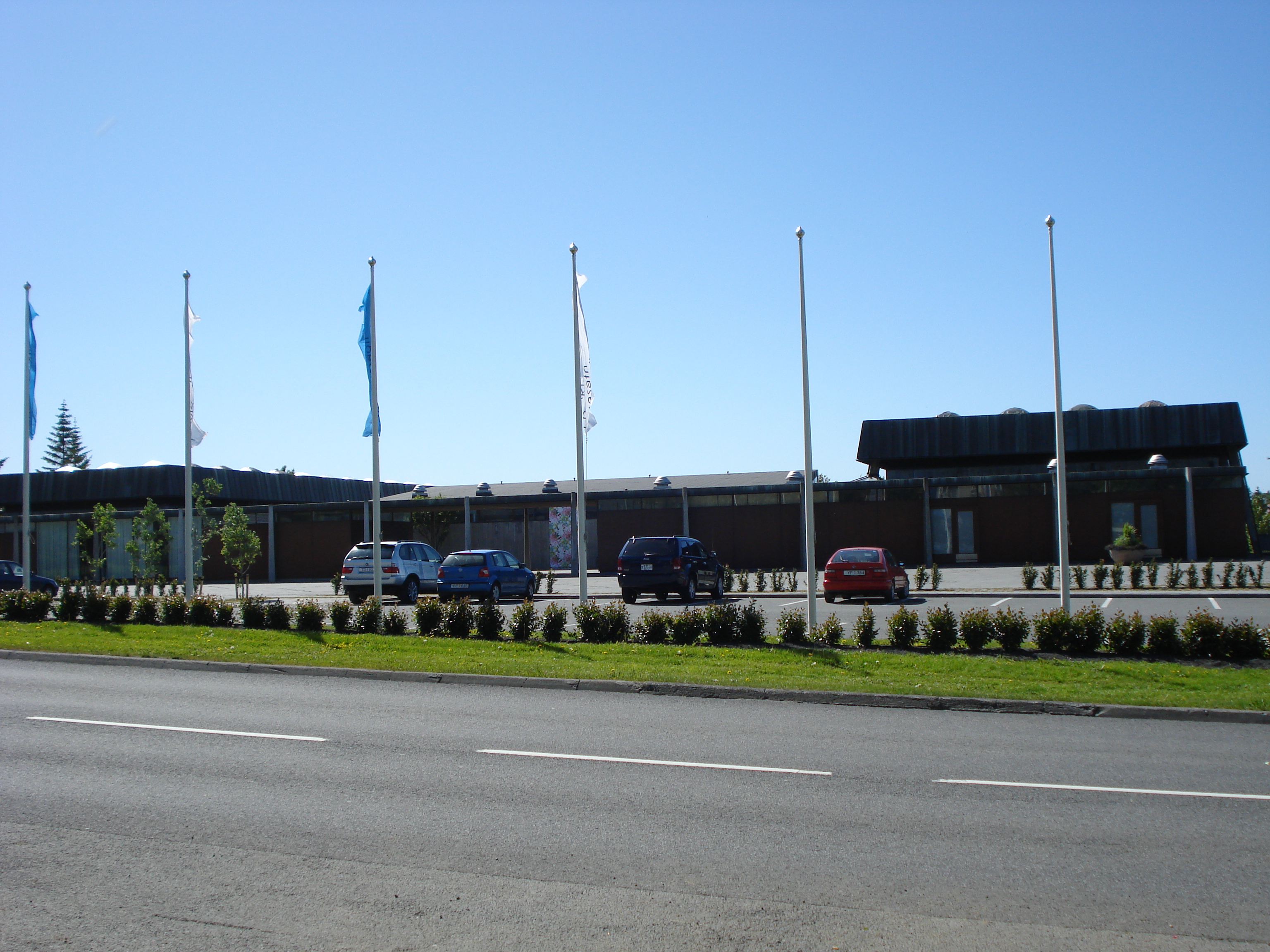KjarvalsstaУАir on:
[Wikipedia]
[Google]
[Amazon]

 Reykjavik Art Museum ( ; founded in 1973) is the largest visual art institution in
Reykjavik Art Museum ( ; founded in 1973) is the largest visual art institution in
Iceland
Iceland is a Nordic countries, Nordic island country between the Atlantic Ocean, North Atlantic and Arctic Oceans, on the Mid-Atlantic Ridge between North America and Europe. It is culturally and politically linked with Europe and is the regi ...
. It occupies three locations in ReykjavУk
ReykjavУk is the Capital city, capital and largest city in Iceland. It is located in southwestern Iceland on the southern shore of FaxaflУГi, the FaxaflУГi Bay. With a latitude of 64ТА08тВ N, the city is List of northernmost items, the worl ...
; HafnarhУКs by the old harbour KjarvalsstaУАir by KlambratУКn and Уsmundarsafn in Laugardalur
The Museum houses the largest art collection and the most voluminous gallery space in Iceland. With more than 3000 square meters of gallery space, over twenty exhibitions are run here annually, ranging from extensive exhibitions of the museum's collection to installations of contemporary art by young and international artists.
The Museum offers a variety of events where people are given the opportunity to examine artworks and collections from different angles and emphasis. Extensive family programmes and guided tours for students (in all levels) are conducted. In addition, the museum takes an active part in a wide-range of cooperative projects and festivals in the fields of music, film, design, dance, drama, and literature.
The Museum is in charge of the city's art collection while ReykjavУk city is responsible for the management and financing of the museum. Reykjavik Art Museum consists of five separate art properties: a general art collection of ReykjavУk city (including outdoor works in ReykjavУk), an ErrУГ
ErrУГ (born GuУАmundur GuУАmundsson in 1932 in УlafsvУk, Iceland) is a visual artist and painter, who is best known for his painted pop art collages of images from comic books and advertisements.
collection, a Kjarval collection, the Уsmundur Sveinsson Sculpture Museum and a collection of the architecture department.
Some artworks from the museum is also on display in public buildings and open areas throughout the city.
HafnarhУКs
HafnarhУКs is the most recent addition to the locations of Reykjavik Art Museum and was occupied after a complete renovation in April 2000. The building had its former function as the harbour's warehouse and during its renovation, care was taken to preserve as much as possible of the building's original architecture. The museum comprises six galleries, the courtyard and a multi-purpose room where ongoing events of a wide variety take place, ranging from rock concerts to poetry reading. HafnarhУКs exhibits works from the ErrУГ collection at all times. The Icelandic pop-artistErrУГ
ErrУГ (born GuУАmundur GuУАmundsson in 1932 in УlafsvУk, Iceland) is a visual artist and painter, who is best known for his painted pop art collages of images from comic books and advertisements.
(1932) who has lived and worked in Paris for decades has donated a tremendous collection of his invaluable works and is still adding to the collection.
KjarvalsstaУАir
KjarvalsstaУАir (opened 1973) is named after one of the most beloved painters of the nation,JУГhannes S. Kjarval
Johannes is a Medieval Latin form of the personal name that usually appears as "John" in English language contexts. It is a variant of the Greek and Classical Latin variants (ЮЯЮЌЮНЮНЮЗЯ, '' Ioannes''), itself derived from the Hebrew name '' Ye ...
(1885т1972). His works form a large part of the collection of Reykjavik Art Museum and can be found there at all times. Kjarval was a living legend, a romantic bohem who captured the beauty and mystique of the land which he so intimately knew. The unique building of KjarvalsstaУАir is surrounded by garden of KlambratУКn and is located a short distance from downtown ReykjavУk. The building is the first of its kind in Iceland to be specifically designed for visual art exhibitions. In addition to exhibitions of Kjarval's works, temporary exhibitions of Icelandic and international art are featured as well as architecture and design with emphasis on works of the twentieth century.
Уsmundarsafn
Уsmundarsafn (opened 1983) is dedicated to the sculptures and drawings ofУsmundur Sveinsson
Уsmundur Sveinsson (20 May 1893 т 9 December 1982) was an Icelandic sculptor, whose works include т Thor's gavelт, the ornate gavel used by the President of United Nations General Assembly.
Early years
Уsmundur Sveinsson was born in Kol ...
(1893т1982). The works to be seen there span Уsmundur's entire career and they are featured thematically as well as collectively with works of other artists. Уsmundur was one of Iceland's pioneers in the art of sculpture and his works are located both outdoors and indoors throughout the country.
Уsmundur's sculptures are exhibited inside as well as outside the museum, which is the artist's former home and studio. Уsmundur designed and built the house mostly by himself in the years 1942 to 1950. In the architecture he plays with a theme from the Arab culture along with a Mediterranean influence. A sculpture garden surrounding the museum with works by the artist stays open to the public all year round.
References
External links
* {{Authority control Art museums and galleries established in 1973 Art museums and galleries in Iceland Museums in ReykjavУk 1973 establishments in Iceland